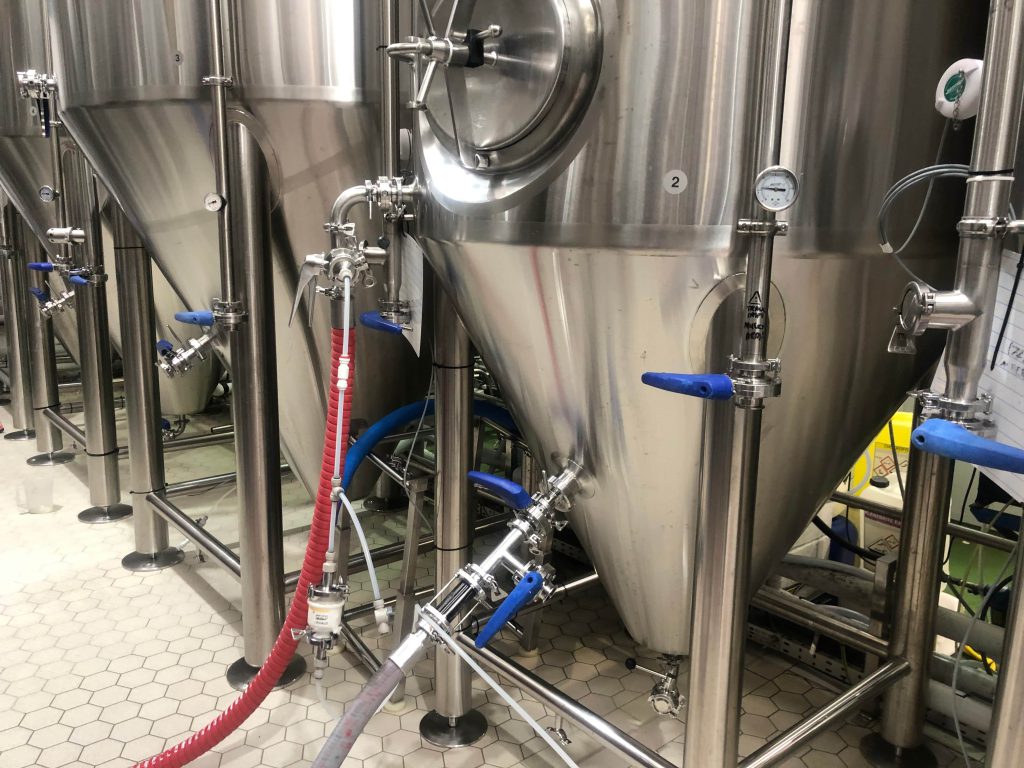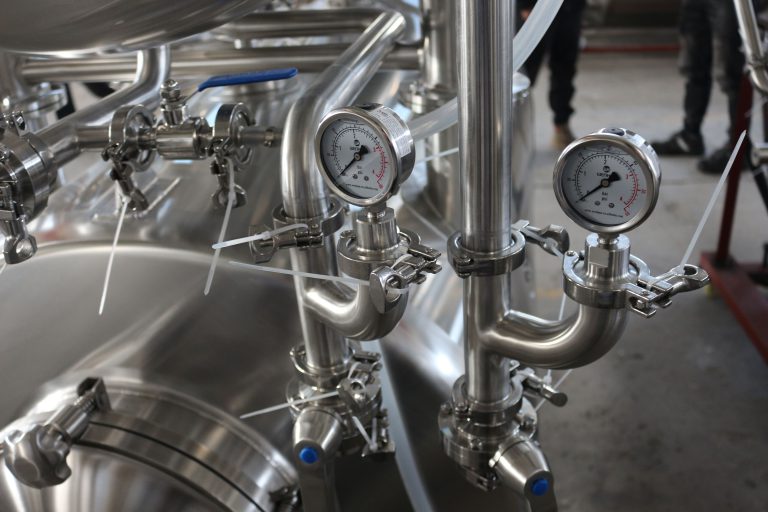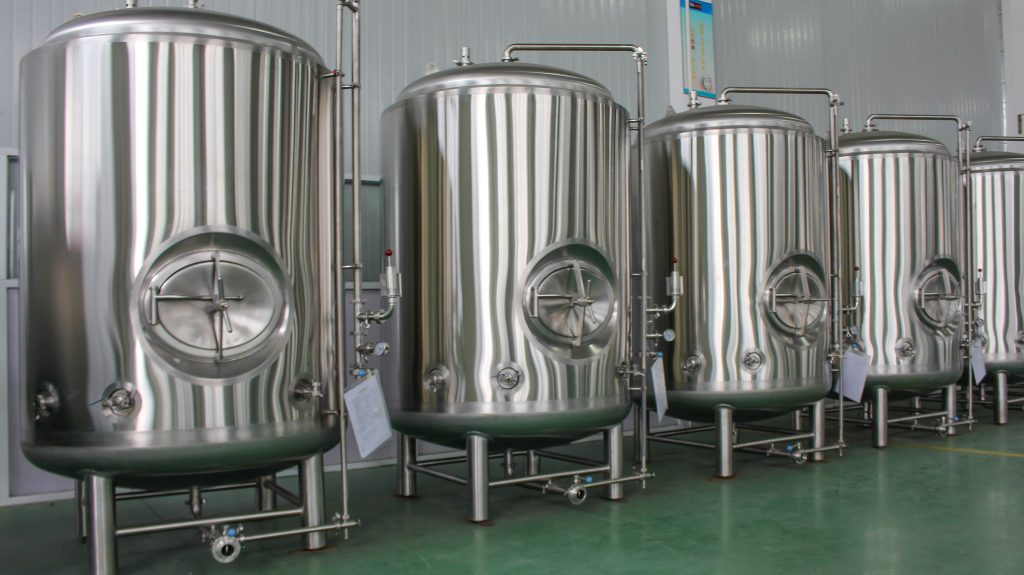introduzione

Brewing beer is an art and a science, a delicate dance between tradition and innovation. Whether you’re a seasoned brewmaster expanding your operations or an enthusiastic homebrewer taking the leap into commercial brewing, one crucial factor determines your success: the quality and suitability of your brewery equipments. Choosing the right brewery equipments is not merely about acquiring vessels and pipes; it’s about investing in the heart of your brewing process, ensuring consistent quality, efficient production, and ultimately, the satisfaction of your customers. This comprehensive guide delves into the essential aspects of selecting brewery equipments, covering everything from the brewhouse to packaging, helping you make informed decisions that align with your brewing goals.
Understanding Your Brewing Needs: A Foundation for Choosing Brewery Equipments
Before diving into the specifics of brewery equipments, it’s paramount to define your brewing needs. This involves several key considerations:
- Brewing Capacity: How much beer do you intend to produce? This determines the size of your brewing vessels, from the mash tun to the fermenters. Consider both your current production goals and your future expansion plans.
- Brewing Style: What types of beer will you be brewing? Different styles may require specific equipment configurations. For instance, brewing lagers necessitates precise temperature control during fermentation, influencing your choice of fermentation tanks.
- Bilancio: Establishing a realistic budget is crucial. Brewery equipments represent a significant investment, and it’s essential to balance quality with affordability.
- Disponibilità di spazi: The physical space you have available will dictate the size and layout of your brewery equipments. Careful planning and efficient space utilization are essential.
- Livello di automazione: To what extent do you want to automate your brewing process? Automation can increase efficiency and consistency but also involves higher upfront costs.
The Brewhouse: The Heart of Your Brewery Equipments
The brewhouse is where the magic of brewing begins. It’s the core of your brewery equipments, where malt is mashed, wort is lautered and boiled, and hops are added. Key components include:
- Tino di ammostamento: This vessel is where crushed malt is mixed with hot water to create a mash. The mash tun’s design, whether it’s an insulated vessel with rakes or a more basic setup, impacts the efficiency of the saccharification process.
- Tino di filtrazione: The lauter tun separates the sweet wort from the spent grain. Its design, featuring a slotted bottom or a lauter rake, influences the efficiency of wort separation.
- Brew Kettle/Whirlpool: Here, the wort is boiled with hops, extracting their flavor and aroma. The whirlpool function clarifies the wort by separating trub (protein and hop residue).
- Hot Liquor Tank (HLT): This tank stores hot water used for mashing and sparging.
- Cold Liquor Tank (CLT): This tank stores cold water used for cooling the wort.
Choosing the right size and configuration of these brewery equipments is crucial for achieving your desired brewing capacity and efficiency.
Fermentation Vessels: Transforming Wort with Brewery Equipments
Fermentation is the process where yeast converts sugars in the wort into alcohol and carbon dioxide. The choice of fermentation vessels significantly impacts the final beer characteristics. Common types include:
- Cylindroconical Fermenters (CCVs): These are the industry standard, featuring a conical bottom for yeast collection and easy cleaning. They offer precise temperature control and allow for both primary and secondary fermentation in the same vessel.
- Unitank: Similar to CCVs but with a larger conical bottom, allowing for simultaneous fermentation and maturation.
- Fermentatori aperti: These traditional vessels offer unique flavor profiles but require more careful monitoring and are less common in modern breweries.
Consider the size, material (typically stainless steel), and cooling system of these brewery equipments when making your selection.
Cellar Equipments: Maturation and Conditioning with Brewery Equipments
After fermentation, the beer undergoes maturation and conditioning in the cellar. Key equipments include:
- Bright Beer Tanks (BBTs): These tanks are used for carbonation and clarification of the beer before packaging.
- Conditioning Tanks: These tanks allow for extended maturation, enhancing flavor complexity and smoothness.
These brewery equipments play a vital role in refining the beer’s final quality.
Packaging Equipments: Delivering the Final Product with Brewery Equipments
The final stage involves packaging the beer for distribution. Common options include:
- Bottling Lines: These automated systems fill, cap, and label bottles.
- Kegging Systems: These systems fill and clean kegs.
- Canning Lines: Increasingly popular, these systems fill and seal aluminum cans.
The choice of packaging equipments depends on your target market and distribution strategy.
Ancillary Brewery Equipments: Supporting the Brewing Process
Beyond the core brewing and packaging equipments, several ancillary items play crucial roles:
- Pompe: These move liquids throughout the brewery.
- Tubazioni e valvole: These connect the various equipments.
- Scambiatori di calore: These cool the wort after boiling.
- Cleaning and Sanitation Equipments: These are essential for maintaining hygiene and preventing contamination.
- Glycol Chiller: This provides the necessary cooling for fermentation and cellar operations.
These often-overlooked brewery equipments are vital for smooth and efficient operation.
Comparing Key Features of Brewery Equipments

It’s important to understand the different features that can impact performance. This table highlights some key considerations:
| Attrezzatura | Key Feature | Impact |
|---|---|---|
| Mash Tun | Materiale | Impacts heat retention and cleaning ease (Stainless steel is preferred). |
| Lauter Tun | False Bottom Design | Affects wort separation efficiency and clarity. |
| Bollitore per la birra | Metodo di riscaldamento | Impacts heating efficiency and risk of scorching (Direct fire, steam, or electric). |
| Fermentatore | Sistema di raffreddamento | Crucial for temperature control during fermentation (Glycol jackets are common). |
| Serbatoio di birra luminoso | Carbonation Method | Determines the speed and efficiency of carbonation (Carbonation stone or counter-pressure). |
Conclusione
Scegliere il giusto Attrezzature per birrerie is a critical decision that will significantly impact the quality, consistency, and efficiency of your brewing operations. By carefully considering your brewing needs, understanding the various types of equipments available, and investing in quality components, you can lay a solid foundation for brewing success. Remember that brewery equipments are not just tools; they are the instruments with which you craft your unique brews, bringing joy to beer lovers everywhere. By prioritizing quality, efficiency, and suitability, you can ensure that your brewery equipments serve you well for years to come, enabling you to produce exceptional beers that stand out in the competitive craft brewing landscape. The right brewery equipments are an investment in your passion, your craft, and your future in the world of brewing.
FAQ
Qual è la parte più importante di brewery equipment?
While all equipments are essential, the brewhouse is often considered the heart of the brewery, as it’s where the initial transformation of raw materials into wort takes place.
Where can I buy brewery equipments?
There are numerous manufacturers and suppliers of brewery equipments worldwide. Research thoroughly and choose reputable vendors with a proven track record.
What are the maintenance requirements for brewery equipments?
Regular cleaning and sanitation are crucial for preventing contamination and ensuring optimal performance. Consult the manufacturer’s guidelines for specific maintenance instructions.
Come faccio a scegliere la taglia giusta di Attrezzature per birrerie?
The size of your equipments should be determined by your desired brewing capacity and projected growth. Consider both your current needs and your future expansion plans.
What is the difference between a two-vessel and a three-vessel brewhouse?
A two-vessel system typically combines the mash tun and lauter tun in one vessel, while a three-vessel system separates them. Three-vessel systems generally offer greater flexibility and efficiency, especially for larger breweries.

